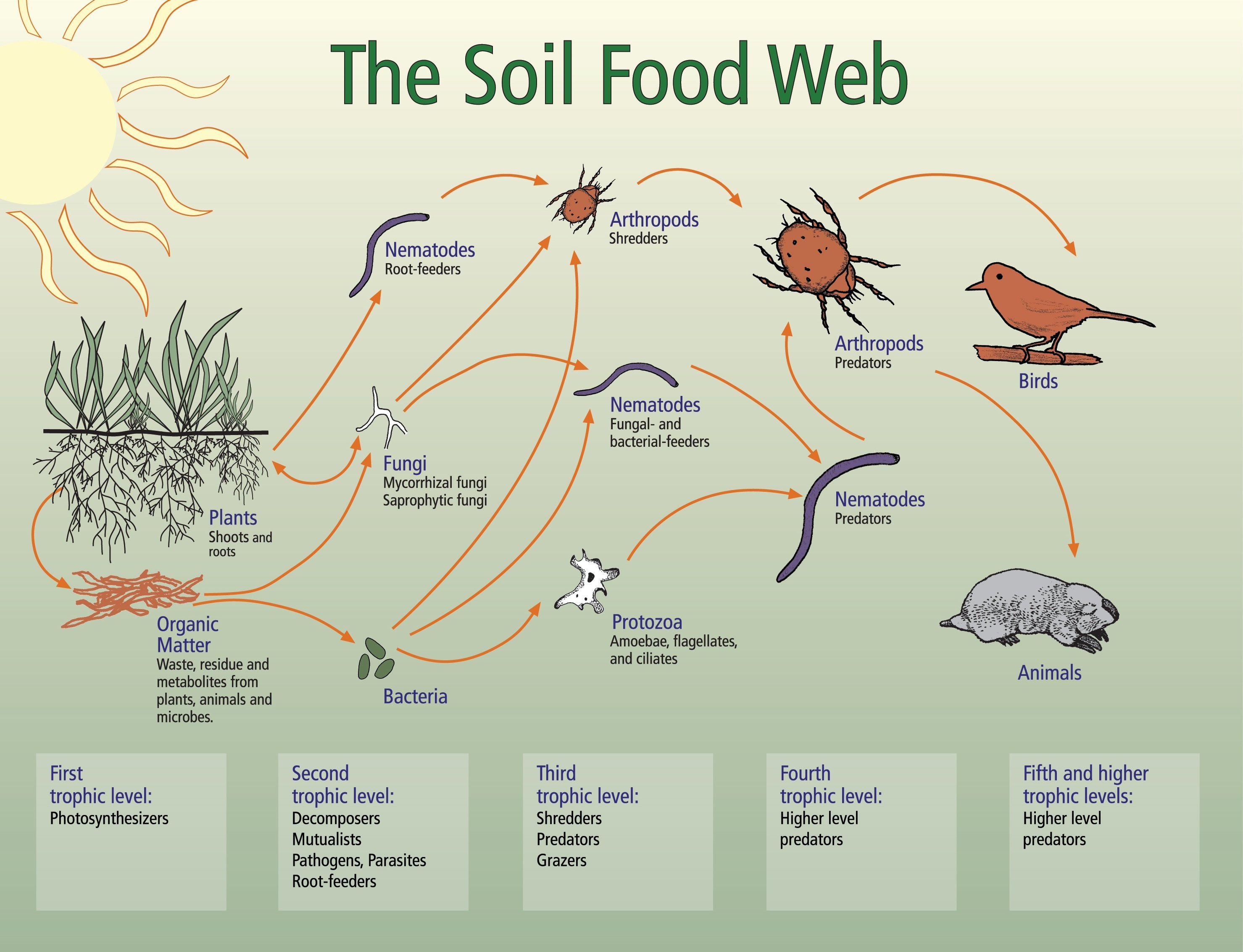Vascular plants are all plants that have a system for transporting water and food throughout the plant. This type of plant has three tissue types: epidermal tissue, vascular tissue and ground tissue.
%20(1).webp?width=640&height=425&name=Resize_download%20(43)%20(1).webp)
Epidermal Tissue
Epidermal Tissue is the outer layer of all plant parts (roots, stems, leaves, flowers and fruit), commonly referred to as the epidermis. The outer cell wall of the epidermis excretes a waxy, waterproof substance (cutin) referred to as the cuticle. This cuticle helps reduce water loss due to evaporation and protects the plant from pathogens and mechanical damage.
On stems and leaves, normal epidermal cells are interspersed with stomata that consist of two guard cells. These guard cells swell (with water) and contract resulting in the opening and closing of the stomata. This opening allows for exchange of gases (oxygen, carbon dioxide and water vapor) between the plant and the atmosphere. Closed stomata allow the plant to prevent water loss.
Unlike the epidermal cells on stems and leaves, the epidermis on roots does not secrete cutin. This is because one of the root’s basic functions is to absorb water and nutrients from the soil. Cutin would be an obstacle to this function.
As a plant ages, the epidermal cells are sometimes replaced with cork cells. As an example, on trees these cork cells become bark. Cork cells make the tissue impermeable to water and resistant to fire and disease.
Vascular Tissue
Vascular Tissue is the circular system of plants. It distributes water and food throughout the plant and removes waste through the roots and stomata. The vascular tissue is composed of two transport systems: xylem and phloem.
.webp?width=353&height=215&name=Resize_download%20(44).webp)
Xylem is for the movement of water and nutrients from the roots to all the living tissue of the plant. This system is the xylem. The xylem is a chain of dead cells linked together like a straw. The cell walls are absent where the xylem cells join. This allows for water to move from the soil through the xylem to the top extremes of the plant. The force that allows for this movement is the evaporation of water through the stomata.
Phloem is a chain of living cells surrounding the xylem from the top of the plant to the roots. This chain begins from all the leaves. Food in the form of sugar is made in the leaves. Sugar is dissolved in water within the plant and becomes sap, which is absorbed by the living phloem and transported throughout the plant including the roots. In the roots, 20 to 30% of this sugar solution is excreted to the soil. In the soil these plant sugars are consumed as food by the microbes living in relationship with the plant roots (think Mycorrhizae!).
Ground Tissue
Ground Tissue is all the plant tissue that is not epidermal or vascular tissue. There are three types of ground tissue: parenchyma cells, collenchyma cells and sclerenchyma cells.
Parenchyma cells are living cells that consist as the soft tissue of the plants. They can be found in the roots, stems, leaves, fruit and seed. These cells are responsible for the functions that are critical to the life of the plant: photosynthesis, production of amino acids, proteins and hormones, creation of energy and storage of food reserves.
Collenchyma cells are dead, elongated cells that when linked together provide for structure and flexibility of the growing plant.
Sclerenchyma cells are elongated cells that are dead. There are two types of sclerenchyma cells: fibres and sclereids.
Fibre cells originate from the xylem and phloem and are associated in bundles that provide structure and flexibility to the vascular system and the plant.
Holganix Bio 800+ Products: Building Stronger, Healthier Plants
Holganix Bio 800+ charges soils with microbes to build soil health and plant health naturally. The microbes in Bio 800+ stimulate healthy plant growth in foliage and roots, convert and release nutrients and improve the plants' ability to tolerate stress from weather, disease and traffic.
At Holganix, we believe that by caring for the soils, we can revolutionize the way the world grows - whether it's crops, turf or trees and ornamentals.
Learn more about the science behind Holganix products by clicking on the link below.

*Diagram of tissue layers by http://www.sciencepartners.info/
 |
March 3, 2016
|
7:24 PM
|
March 3, 2016
|
7:24 PM



%20(1).webp?width=640&height=425&name=Resize_download%20(43)%20(1).webp)
.webp?width=353&height=215&name=Resize_download%20(44).webp)

.jpg)
-4.jpg)
-2.jpg)
-1.jpg)
-1.jpg)
-1.jpg)
.webp)
-1%20(1).webp)
-831535-2.webp)





